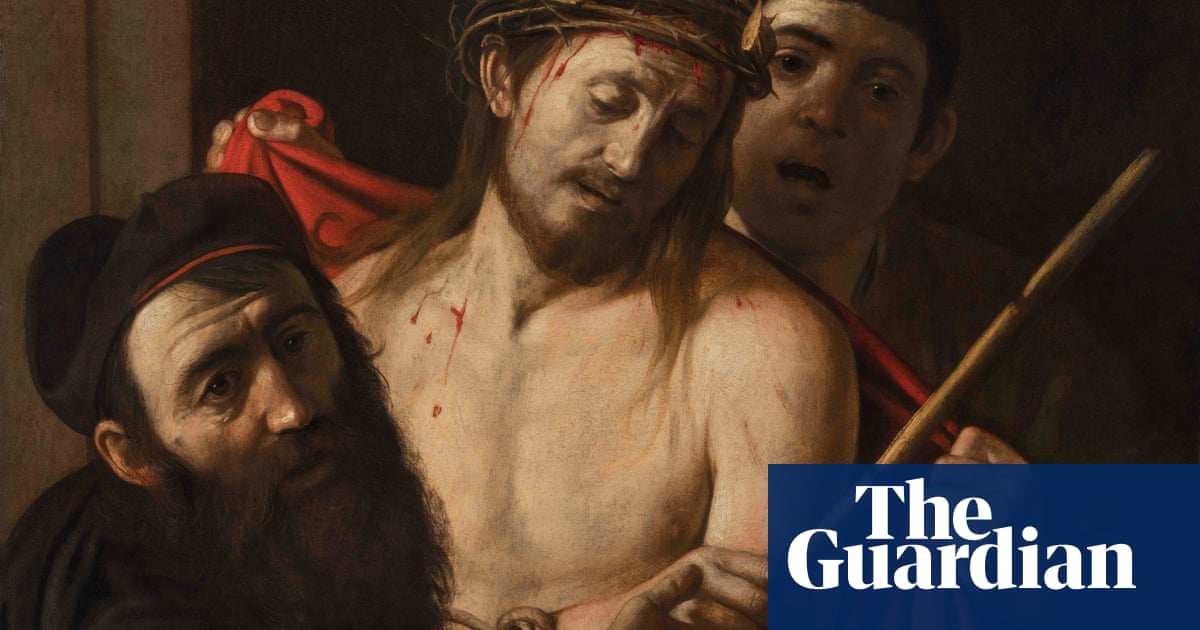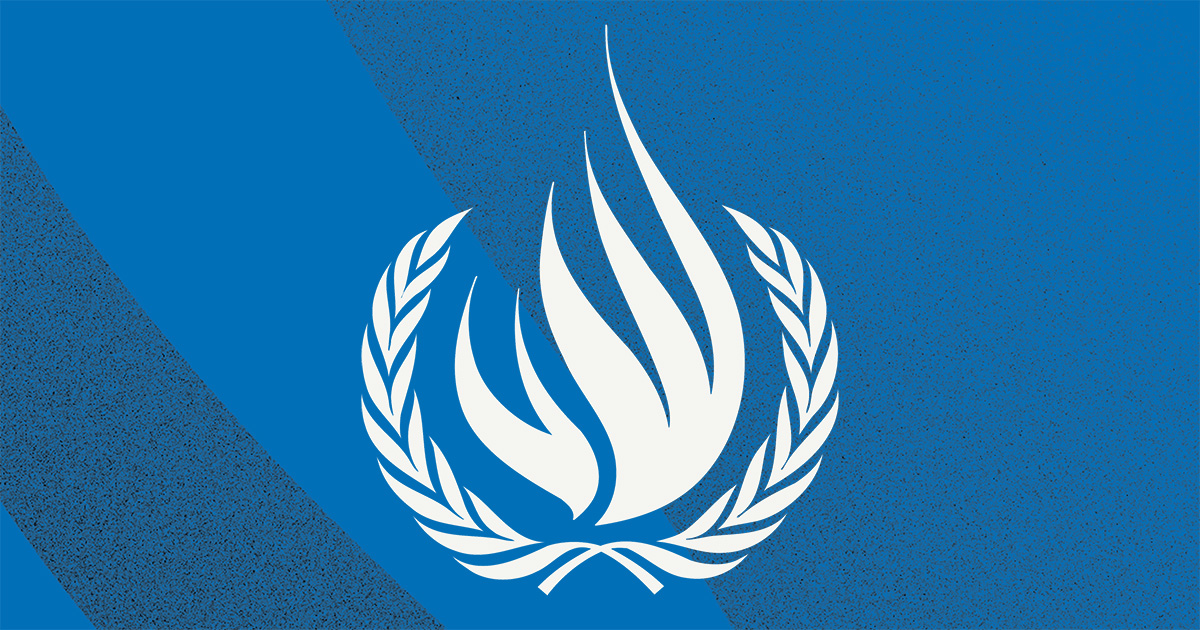
Flowers, chocolates, poetic ditties. When it comes to romantic gestures, there are no shortage of options to embrace. But perhaps nothing says “I love you” quite like embroidering a bedsheet with a message in human hair.
Set to feature in an exhibition this autumn at the Museum of London Docklands, the unusual, if macabre, token of affection is a 300-year-old memento of a story replete with romance, tragedy and insurrection.
The sheet was taken from the Tower of London, where it had been used on the bed of James Radclyffe, the third Earl of Derwentwater, who was awaiting execution for his involvement in the first Jacobite rebellion in 1715, an attempt to put the “Old Pretender” – James, son of James II and VII of England and Scotland – on the throne.
Despite raising troops, Radclyffe and the other Jacobite rebels were defeated at the Battle of Preston. While efforts were made to secure a pardon for Radclyffe, the aristocrat – a grandson of Charles II by the monarch’s mistress Moll Davis – was beheaded for treason on 24 February 1716, aged 26.
Radclyffe was later featured in numerous novels and ballads, from Sir Walter Scott’s Rob Roy to Lord Derwentwater’s Farewell. But his story was also immortalised in his laundry.
In a gesture of remembrance, Radclyffe’s young widow, Anna Maria Radclyffe, embroidered the bottom of the linen sheet in cross-stitch with the words: “The sheet OFF MY dear dear Lord’s Bed in the wretched Tower of London February 1716 x Ann C of Darwent=Waters”.
“The interesting thing is that it doesn’t look as if [the sheet] was used for very long. So it’s likely that it was only used for the four months that he was in [the Tower], awaiting execution,” said Beverley Cook, curator of social history at the Museum of London.
Cook added that Radclyffe’s wife was allowed to stay with him during that time.
“It would be lovely to think that they were lying together beneath this sheet,” said Cook. “Obviously, we can’t prove that, but it’s likely that she conceived their daughter at that time.”
Cook said the message was thought to have been embroidered by Anna Maria after she fled to Brussels to raise her children as Catholics. She died of smallpox in 1723.
While the handiwork may seem romantic, it is also somewhat macabre: instead of using linen thread – as was used, possibly by nuns, to embroider hearts and flowers on the sheet – the message was stitched with human hair.
But quite whose hair remains something of a mystery.
When the sheet was presented to the museum in 1934 it came with the message that the hair was Anna Maria’s. However, there is another possibility. Cook noted after his death, Radclyffe’s heart was given to an Augustinian convent in Paris, but his body – with his head sewn back on – was given to his wife.
“That would have given her the opportunity of removing some of his hair. And we do know that, obviously, taking locks of hair was quite a common thing for people to do,” said Cook, adding that Anna Maria is known to have kept some of Radclyffe’s hair in a locket. Another possibility, said Cook, was that the hair was from both husband and wife, noting that it appeared to have two different colours.
But Cook said the bedsheet was more than a symbol of love. “It is also a sort of relic to Catholic martyrdom,” she said.
Among other items in the Executions exhibition is clothing said to have been worn by Charles I when he was beheaded, as well as love tokens – discs resembling flattened coins that were inscribed in their cells by those condemned to death or transportation.
One token, dated 1826 and given by the 20-year-old thief George Wright to Ann Lee, bears, like the Radclyffe bedsheet, a poignant message of heartache:
“In my dismal cell I lie / In sorrow grief and woe, / For my time it seems so long, / My doom I wish to know.”












